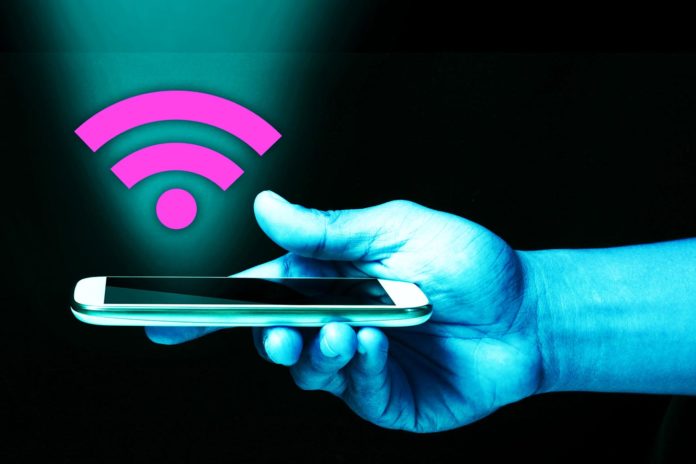
WiFi is a wireless network technology that is ubiquitously known as a means of connecting to the internet and sometimes simply referred to as the internet. However, what WiFi actually does is route internet access coming from the ISP (internet service provider) through your home WiFi network that links to your devices. Inherently, WiFi does not provide internet service on its own. The only exception is if you have a modem that features built-in WiFi capabilities. This can also be wired through a telephone or LAN cable to a wireless access point (WAP) which devices can then connect to.
In other words, your internet comes from your cable, DSL, fiber, or cellular network. However, your internet service contract usually gives you a modem that has a WiFi router built-in so most folks think the internet is WiFi. Just in case your modem does not have WiFi built-in, you will still need a WiFi router to connect your devices wirelessly to the internet.
Nonetheless, WiFi has numerous uses besides the internet (WAN) connection. It also serves as a local area network that you can use to send files, stream and cast media, remote control devices, and for devices in the same WiFi network to communicate with each other. That being said, the latest WiFi standard is WiFi 6 or 802.11ax, which has significant upgrades over the former WiFi 5 standard. So how does this influence the internet service you get? Read on to find out.
1. WiFi and Internet Access
You can have WiFi and not have internet access and the WiFi speed does not always necessarily coincide with internet speed so a WiFi 5 router can be faster than a WiFi 6 router if the internet speed getting to the former is faster. This is because besides paying for faster internet service, users don’t have control over the speed of the connection and WiFi is just a conduit that takes the internet to your device wirelessly.
2. Security
It is not only about internet speed; another thing to learn about WiFi 6 whether on your router or modem is that it also provides better security because it supports WPA3 security protocol, which is harder to hack.
3. Multi-Device Support
Another thing about WiFi 6 is that it can handle several devices at a time, which means it can effectively maintain the connection when numerous devices are connected without the internet speed taking a hit. Since WiFi serves to distribute internet access to devices, the collective internet speed would not be faster than what is coming from the ISP. However, devices using the internet will still be able to maintain top speed even with many devices like smart home devices that are not necessarily using the internet being connected to the WiFi.
4. WiFi Is Not Upgradeable
While you can upgrade your internet service plan, your modem, router, WAP, or any WiFi device will have to come with the WiFi 6 as you can’t upgrade a WiFi standard.
5. Channel Switching
WiFi 6 can perform auto channel switching from 160, 80, 40, and 20MHz in a WiFi busy area, which gives you the much-needed bandwidth to maintain speed despite WiFi congestion.
Even though the theoretical speed on WiFi 6 is 9.6Gbps up by 6.1Gbps from the previous generation, pertaining to internet speed, the true improvement comes in when several devices are connected to the WiFi network. By comparison, WiFi 6 has the potential to offer more than double the internet speed of its predecessor when it comes to a 5G cellular internet connection taking advantage of the high-speed throughput.

















